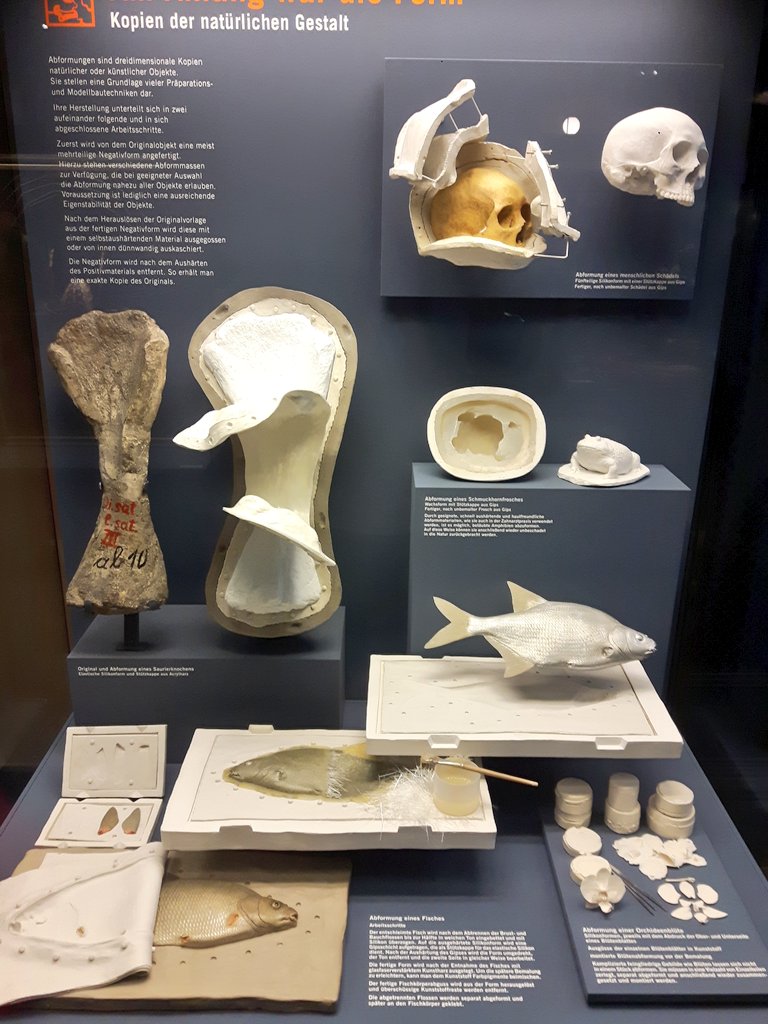

Sharks are famously spectacular at electroreception, which is why they’re such good predators.

There are also animals that use electricity to help them locate prey or navigate in murky waters. The electric ray, or torpedo fish, can produce around 220 volts and was documented by the Ancient Greeks and nicknamed the ‘numbfish’ because it was used as a basic anaesthetic in early medicine. The electric catfish is found in tropical Africa and the Nile River and can emit 350 volts. There are very few electric animals and the majority of them are fish. Its biology proved so pivotal to informing human understanding of electricity that the inventor of the battery copied its formation. Its body contains three organs made up of electrolytes, or ‘battery cells’, lined up so that a current of ions can flow through them, and stacked so as to add power. This sizeable marine animal (technically a fish, often mistaken for an eel) can expend enough electricity to leave horses writhing in agony. That creature was the so-called electric eel ( Electrophorus electricus), native to the Amazon River. But, in fact, it exists in all of us biologically and it took the discovery of a fish capable of zapping us with 600 volts for us to learn how to generate it artificially. We think of electricity as something man-made and modern.


 0 kommentar(er)
0 kommentar(er)
